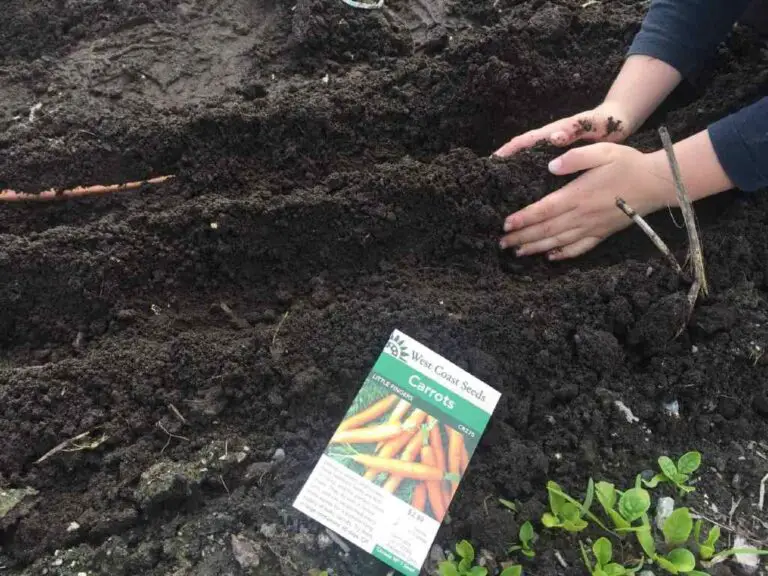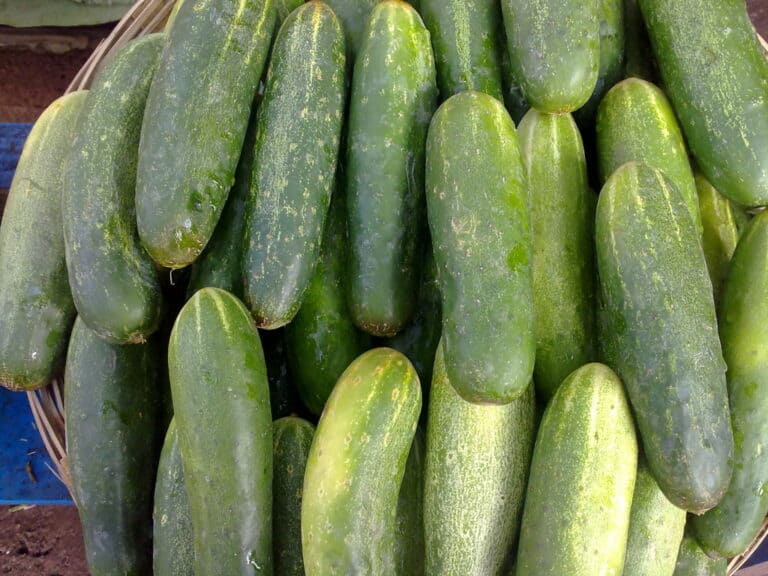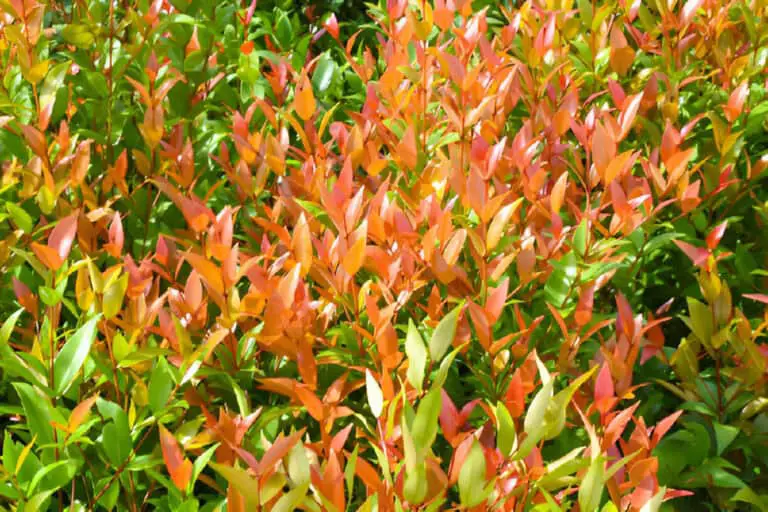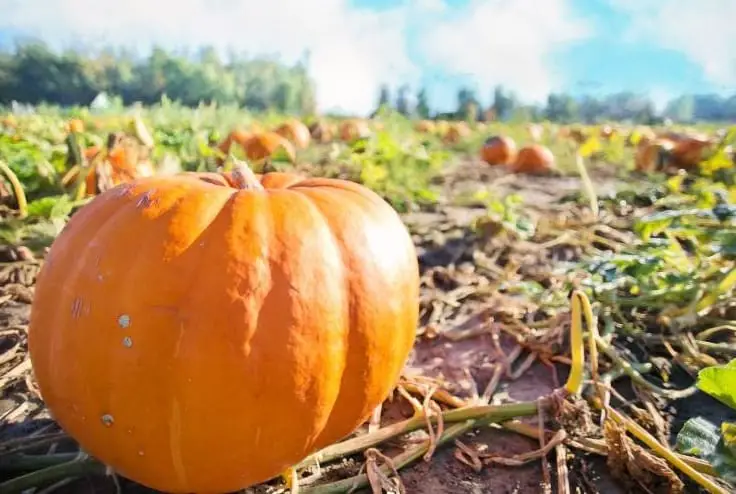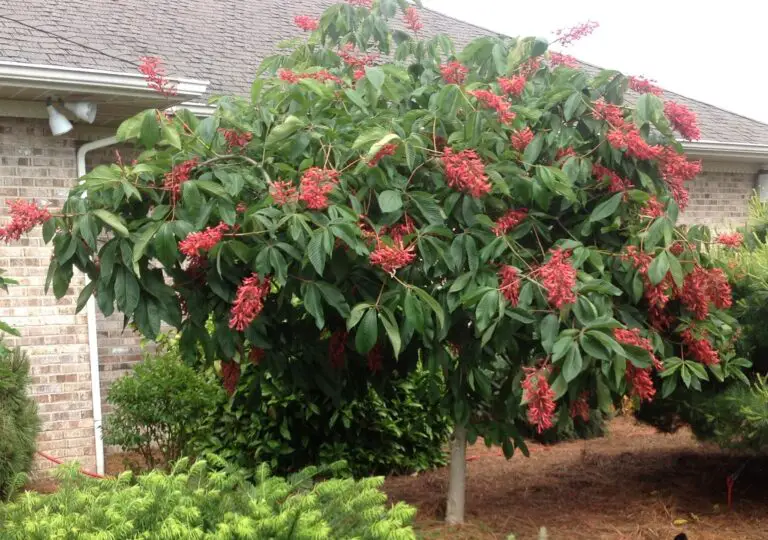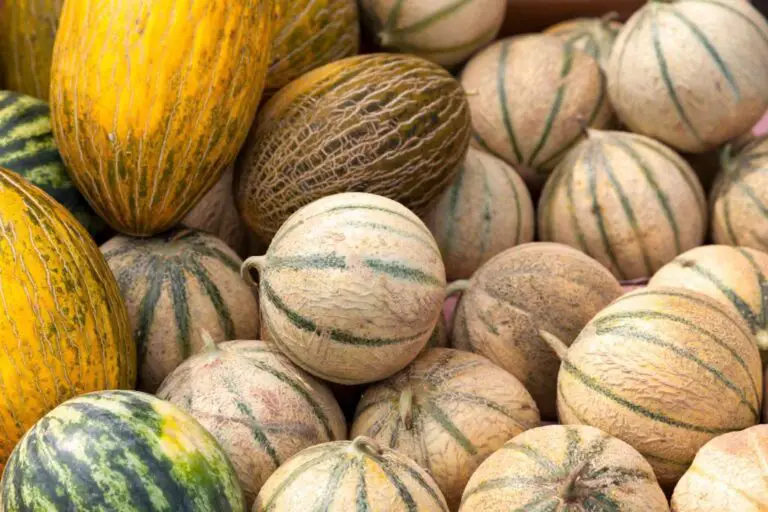Growing Strawberries: How Long Does It Really Take from Seed?

I absolutely love growing strawberries from seeds! Hey, did you know that instead of buying strawberry plants or runners, you can actually start growing them from seeds? It is a cool way to witness the entire growth process firsthand!
Most people buy strawberry plants or runners. But, starting from seeds lets you see the whole growth process. But one of the most common questions for novice gardeners is: How long does it take for strawberry seeds to grow?
Knowing the exact stages of strawberry plant growth and their durations can help you plan your garden better. In this article, we’ll break down how strawberries grow. We’ll cover from when they germinate to when you can enjoy the sweet fruits of your labor.
With this knowledge, you’ll be ready to care for your strawberry plants well. This will lead to a big and tasty harvest.
The Timeline for Growing Strawberries from Seed
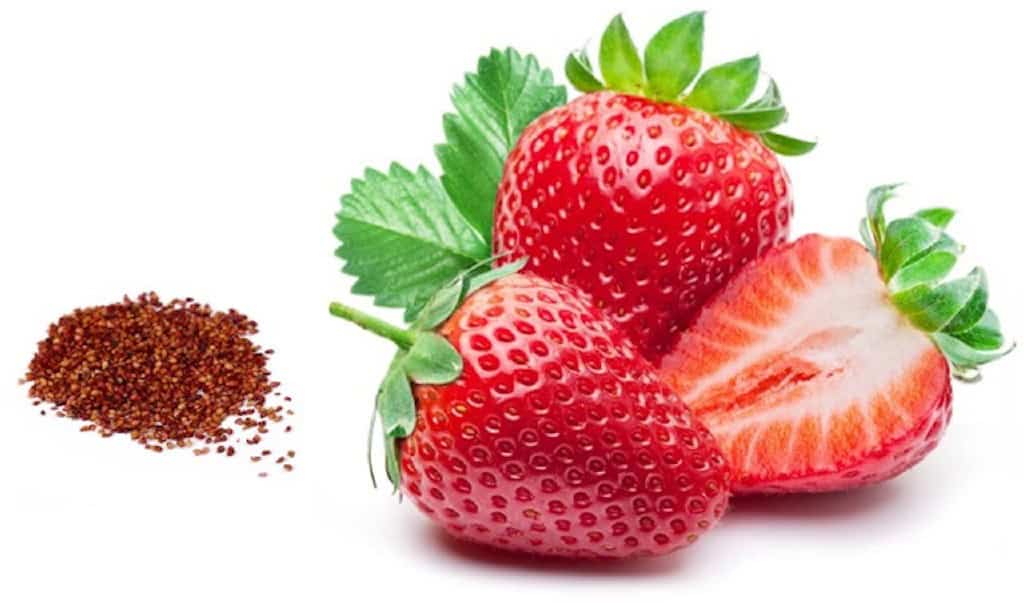
Growing strawberries from seed to harvest typically takes several months. Here’s a detailed timeline of what to expect at each stage of the process:
1. Seed Stratification (2-4 Weeks)
Strawberry stratification is the first step, where seeds are exposed to cold temperatures to break their dormancy. This mimics the natural winter conditions and is essential for successful germination.
- Process: Place seeds in a damp paper towel, seal them in a plastic bag, and refrigerate for 2-4 weeks.
- Purpose: This process prepares the seeds for germination by signaling that winter has passed and it’s time to grow.
2. Germination (1-6 Weeks)
After stratification, the seeds are ready to be planted and germinated. The time it takes for seeds to sprout can vary based on several factors, including temperature and light.
- Optimal Temperature: Keep the soil temperature between 60°F and 75°F (15°C to 24°C).
- Light Requirements: Provide 12-16 hours of indirect light daily, using grow lights if necessary.
- Soil: Use a light, well-draining seed starting mix.
- Moisture: Keep the soil consistently moist but not waterlogged.
3. Seedling Growth (6-8 Weeks)
Once the strawberry seeds have germinated, the seedlings need time to grow and develop strong roots. This stage is crucial for establishing healthy plants.
- Environment: Maintain a warm, bright environment with good air circulation.
- Watering: Continue to keep the soil moist, but avoid overwatering.
- Fertilization: Use a diluted, balanced fertilizer to support growth.
4. Hardening Off (1-2 Weeks)
Before moving the seedlings outdoors. They need to get used to the outside. This process is known as hardening off.
- Gradual Exposure: Start by placing the seedlings outside for a few hours each day, gradually increasing the time.
- Protection: Shield the seedlings from direct sunlight, wind, and heavy rain during the initial days.
5. Transplanting (Early Spring)
Transplant the hardened seedlings into your garden or larger pots once the danger of frost has passed and the soil has warmed.
- Spacing: Space the plants 12-18 inches apart to allow for adequate growth.
- Soil Preparation: Ensure the soil is well-draining and rich in organic matter.
- Watering: Water the plants thoroughly after transplanting to help them establish.
6. Growth to Maturity (3-4 Months)
After transplanting, it will take another 3-4 months for the strawberry plants to mature and start producing fruit.
- Care: Provide consistent care by watering regularly, fertilizing, and mulching to retain moisture.
- Pest and Disease Management: Keep an eye out for pests and diseases and take preventive measures as needed.
7. Harvesting (Late Spring to Early Summer)
It depends on when you started the seeds and your local climate. You can expect to start harvesting strawberries in late spring or early summer.
- Ripeness: Harvest strawberries when they are fully red and ripe for the best flavor.
- Technique: Gently twist and pull the berries from the stem to avoid damaging the plant.
Factors Influencing Strawberry Growth Time
Several factors can influence the time it takes to grow strawberries, from seed to harvest. Knowing these factors can help you improve your growing conditions. It can help you get the best results.
1. Variety of Strawberry
Different strawberry varieties have varying growth rates. Some are faster-growing, while others may take longer to mature. Choose a variety that suits your climate and desired harvest time.
Choosing the Right Variety:
- June-bearing Varieties: They usually produce one big crop of berries in early summer. This makes them ideal for those who prefer a concentrated harvest.
- Everbearing Varieties: They produce fruit at intervals from spring to fall. This gives a longer harvest.
- Day-neutral Varieties: Day-neutral varieties produce fruit continuously throughout the growing season. They offer flexibility in harvesting.
2. Growing Conditions
Good growing conditions affect growth rate. They include temperature, light, soil, and water. Maintaining a consistent environment is key to healthy plants and timely fruit production.
3. Care and Maintenance
Regular care is key. It includes watering, fertilizing, and pest control. This care keeps your strawberry plants healthy and productive. Neglecting these aspects can delay growth and reduce yield.
Troubleshooting Common Issues
Growing strawberries from seed can present several challenges. Here are some common issues and how to address them:
- Slow Germination: Ensure the seeds are properly stratified and that the soil temperature is within the optimal range.
- Seedling Damping Off: Seedling Damping Off can be prevented. To do so, provide good air flow and avoid overwatering.
- Poor Fruit Set: The plants need good pollination. Also, they should not be stressed by extreme temperatures or lack of water.
Tips for a Successful Strawberry Harvest
To maximize your strawberry harvest, follow these tips:
- Regular Watering: Keep the soil consistently moist, especially during flowering and fruiting.
- Mulching: Apply mulch around the plants to retain moisture, suppress weeds, and protect the fruit from soil contact.
- Fertilization: Use balanced fertilizer in the growing season. It supports plant health and fruit production.
- Pest Control: Monitor for pests such as aphids, slugs, and birds. Use organic pesticides or physical barriers to protect your plants.
Summary Table: Strawberry Growing Timeline
| Stage | Duration | Key Activities |
| Seed Stratification | 2-4 weeks | Refrigerate seeds to break dormancy |
| Germination | 1-6 weeks | Plant seeds, maintain optimal temperature and moisture |
| Seedling Growth | 6-8 weeks | Grow seedlings indoors with proper light and care |
| Hardening Off | 1-2 weeks | Gradually acclimate seedlings to outdoor conditions |
| Transplanting | Early spring | Transplant seedlings to garden or larger pots |
| Growth to Maturity | 3-4 months | Provide regular care, watering, and fertilization |
| Harvesting | Late spring to early summer | Harvest fully ripe strawberries, ensure consistent watering |
Conclusion
Growing strawberries from seed is rewarding. But, it takes lots of time. It needs careful planning and patience. From seed stratification to harvesting, each stage plays a crucial role in the overall success of your strawberry plants. Understand the timeline and give the best care. Then, you can enjoy a big harvest of yummy, homegrown strawberries. Happy gardening!

